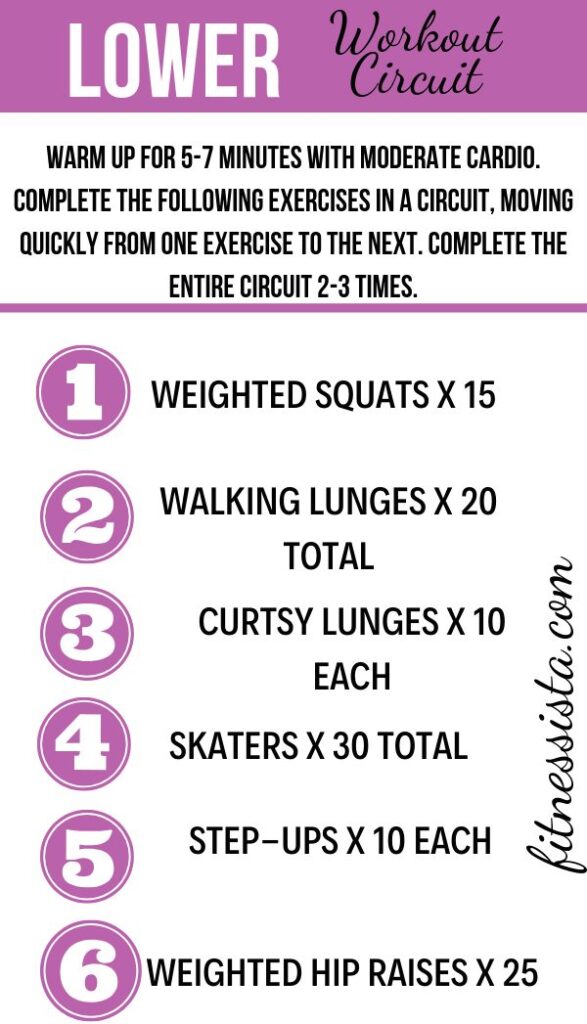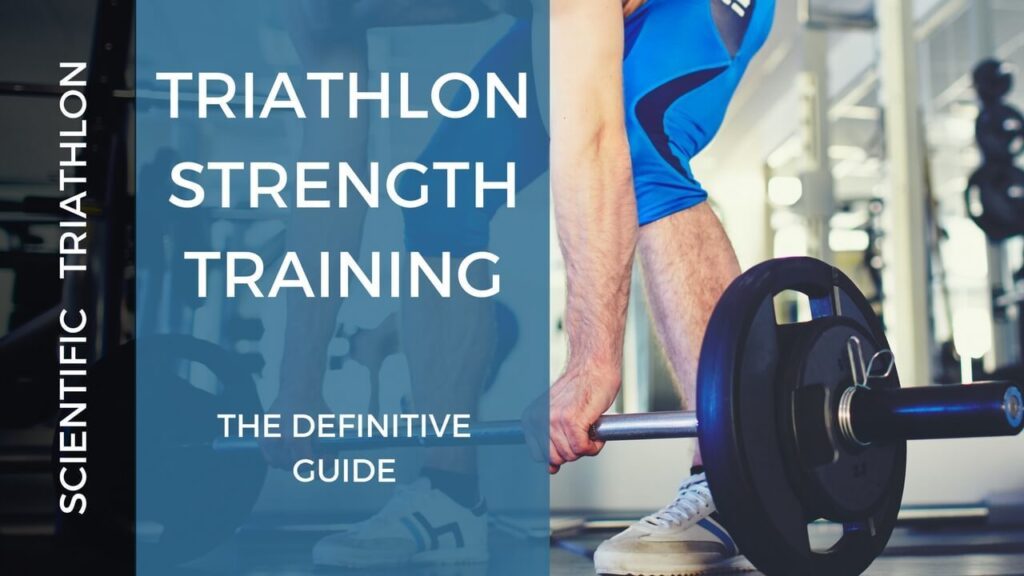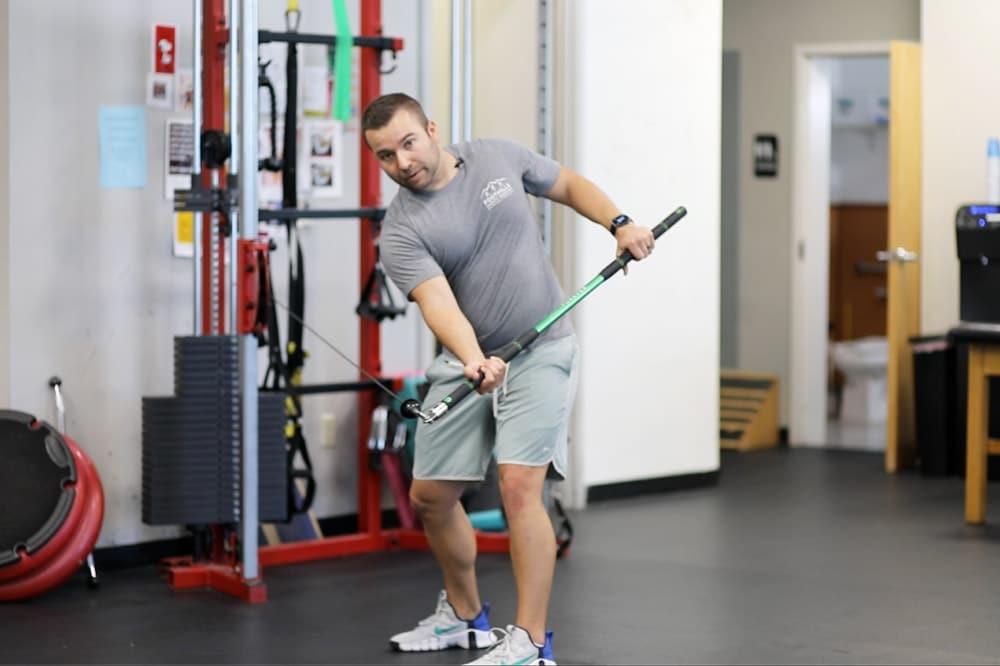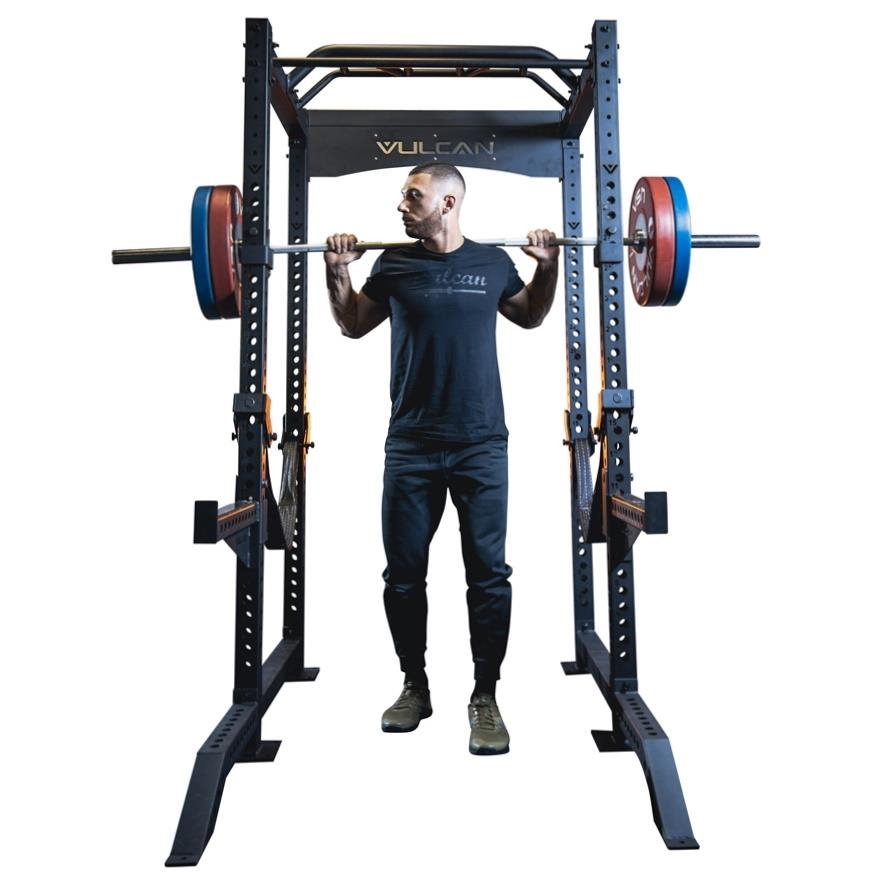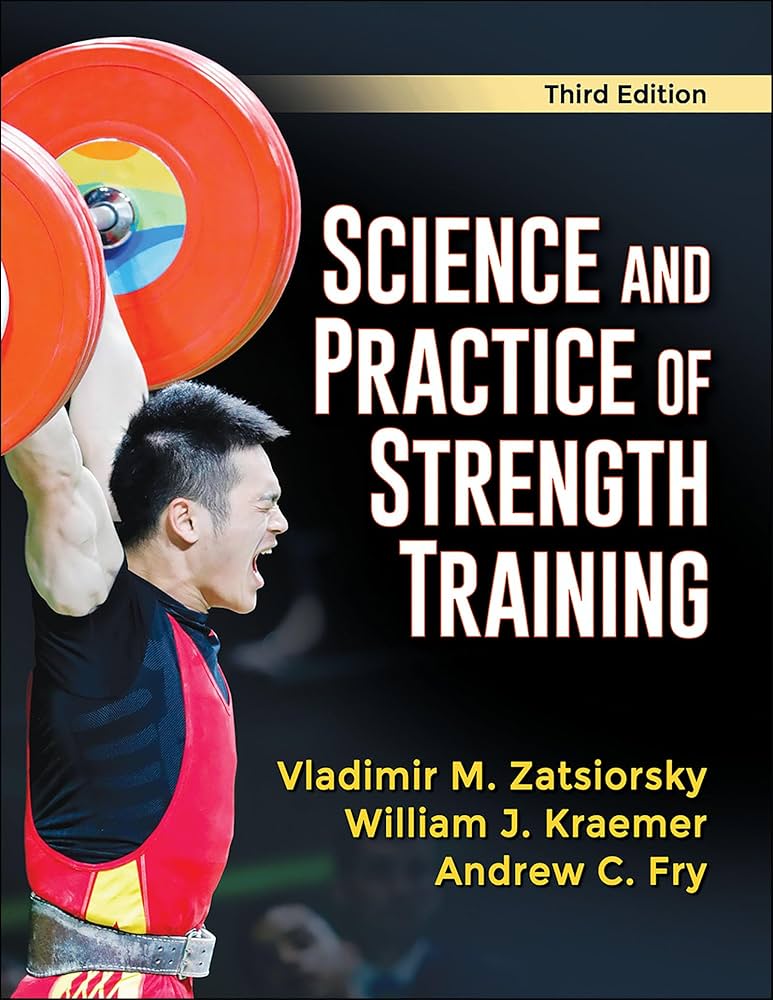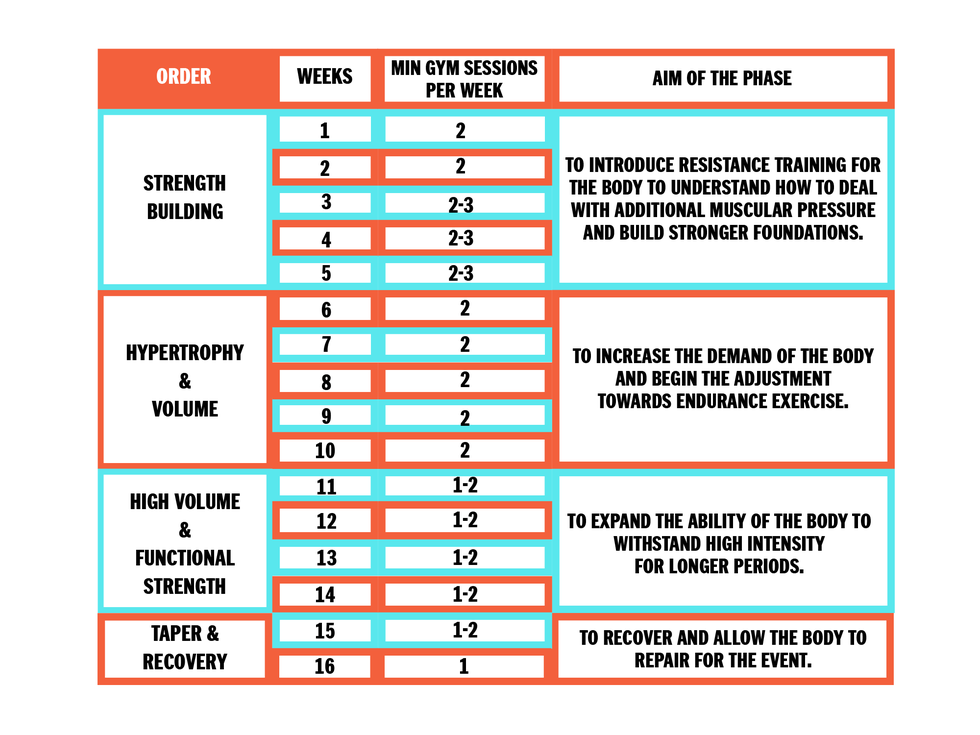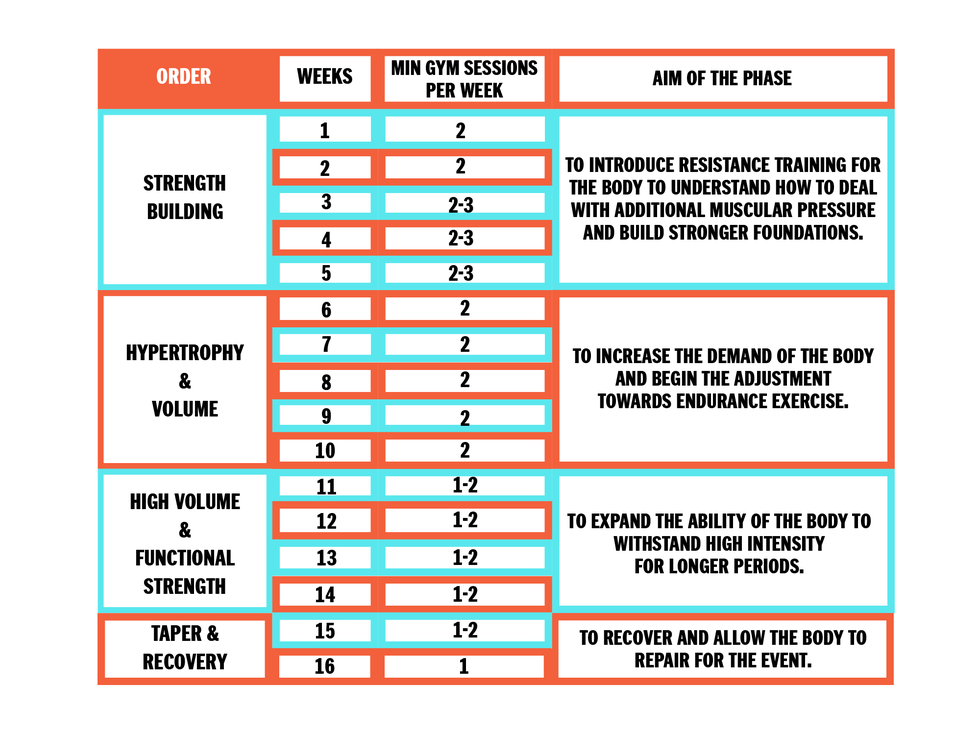Triathlon and strength training complement each other well. Strength training enhances performance, reduces injury risk, and boosts overall endurance.
Triathletes need a well-rounded training regimen. Strength training builds muscle endurance, improves power, and aids in faster recovery. Balancing swim, bike, and run workouts with strength sessions optimizes performance. Athletes who incorporate strength training see improved race times and reduced injuries.
Core exercises are crucial, enhancing stability and efficiency in all triathlon disciplines. Consistency in strength training leads to better biomechanics and enhanced muscular resilience. Integrating both forms of training ensures a comprehensive approach, fostering long-term success and peak performance. Engaging in strength workouts at least twice a week can make a significant difference. Triathletes should prioritize both to achieve their best results.

Credit: www.trainingpeaks.com
The Symbiosis Of Triathlon And Strength Training
Strength training improves endurance and speed. It helps in injury prevention by strengthening muscles. Triathletes gain better stability and balance through strength exercises. Stronger muscles support better performance in swimming, biking, and running. Improved muscle strength leads to efficient energy use.
Many believe bulk slows triathletes down. Strength training does not mean excessive bulk. It focuses on lean muscle mass. Strong muscles do not always mean bigger muscles. Speed and strength can coexist. Proper training balances muscle gain and agility. Strength training is essential for better performance in triathlons.

Credit: www.amazon.com
Anatomy Of A Triathlete
Triathletes use many muscle groups. The legs are crucial for running and cycling. Quadriceps and hamstrings help push the bike pedals. Calves support running and biking movements. The core muscles stabilize the body during all activities. Arms and shoulders are important for swimming. Back muscles assist in keeping a streamlined position in the water.
Endurance training improves muscular strength and stamina. Muscles become more efficient at using oxygen. This helps in long-distance events. Strength training also supports muscle endurance. It helps prevent injuries during races. Triathletes benefit from a balanced training routine. Both endurance and strength are essential.
Fundamentals Of Strength Training
Strength training builds muscles. Muscle growth helps in improving endurance. Use free weights and machines. Consistency is key to progress. Proper form prevents injuries. Start with lighter weights. Gradually increase resistance over time. Keep sessions short but effective.
Periodization divides training into phases. Each phase has a specific focus. Start with a preparation phase. Focus on building a base. Next, move to the strength phase. Increase the intensity. Finally, enter the peak phase. Aim for maximum performance.
Designing A Triathlete’s Strength Program
Crafting a triathlete’s strength program enhances performance and reduces injury risks. Integrating targeted strength exercises boosts endurance, power, and overall athletic efficiency.
Balancing Cardio And Strength Sessions
Balancing cardio and strength sessions is crucial for triathletes. Cardio improves endurance, while strength boosts power. Both are essential for peak performance. Plan your week carefully. Include both in your routine. Avoid overtraining by spacing sessions apart. Rest is vital for recovery. Focus on different muscle groups. This prevents injuries and promotes balance. Use a mix of exercises. Include weights, resistance bands, and bodyweight moves.
Sample Strength Training Routines
| Day | Exercise | Reps | Sets |
|---|---|---|---|
| Monday | Squats | 10 | 3 |
| Wednesday | Deadlifts | 8 | 3 |
| Friday | Bench Press | 12 | 3 |
| Sunday | Pull-Ups | 10 | 3 |
Key Strength Exercises For Triathletes
Strong shoulders and back muscles boost swim performance. Push-ups enhance chest and arm strength. Pull-ups build upper back muscles. Dumbbell rows target lats and improve swim strokes. Planks strengthen the core, aiding in swim balance. Shoulder presses improve shoulder stability and power. These exercises enhance swimming efficiency and endurance.
Leg strength is crucial for biking and running. Squats build quad and glute muscles. Lunges enhance balance and leg power. Deadlifts strengthen hamstrings and lower back. Leg presses increase leg endurance. Calf raises improve lower leg strength. Step-ups simulate running and biking motions. These exercises ensure better performance and reduce injury risk.

Credit: www.youtube.com
Integrating Strength Work With Triathlon Training
It’s important to balance workouts to avoid overtraining. Strength sessions should be on lighter triathlon days. This strategy helps in maximizing recovery and performance. Try scheduling strength work after swim or bike sessions. Make sure to give enough rest between intense workouts.
Training needs change with the seasons. During off-season, focus on building muscle strength and endurance. Shift to maintenance mode during peak triathlon season. This helps in keeping muscle balance without causing fatigue. Adjust workouts to match the race calendar. Prioritize recovery and avoid muscle strain.
Monitoring Progress And Adjusting Workouts
Tracking progress and adjusting workouts is crucial for triathletes integrating strength training. Regular assessments ensure optimal performance and prevent injuries. Consistent monitoring helps tailor exercises to individual needs.
Tracking Strength Gains And Endurance
Use a log to track your strength gains. Write down your weight and reps. This helps you see progress over time. Check your endurance by timing your runs and swims. Record these times in your log. Track how you feel after each workout. This helps you notice patterns. Make notes on your sleep and diet too. Small changes can make a big difference. Use apps or trackers if you like technology. They can give you detailed data.
When To Intensify Or Ease Strength Training
Increase weight when your current routine feels easy. Add more reps if you can’t add weight. Watch for signs of fatigue. Rest if you feel overly tired. Adjust your workouts based on your log. Listen to your body. Some days you may need to ease off. Other days you can push harder. Mix up your exercises to avoid boredom. This keeps your muscles guessing.
Nutrition And Recovery For Strength And Endurance
Eating the right foods helps muscles grow. Protein is very important. Foods like chicken, eggs, and beans are good sources. Carbohydrates give energy for workouts. Eat fruits, vegetables, and whole grains. Healthy fats are also needed. Nuts, seeds, and avocados are great choices. Drink enough water daily. Staying hydrated helps muscles recover. Vitamins and minerals are also important. They keep the body healthy.
Rest is very important for muscle growth. Muscles need time to repair. Sleep at least eight hours every night. Active recovery helps muscles too. Light activities like walking or stretching are good. They increase blood flow to the muscles. This helps them heal faster. Never skip rest days. Overworking muscles can cause injuries. Balance hard workouts with rest and recovery. This will help you get stronger and faster.
Frequently Asked Questions
Should I Do Strength Training For Triathlon?
Yes, strength training is essential for triathletes. It enhances endurance, prevents injuries, and improves overall performance. Incorporate it into your routine.
Can You Be Muscular And A Triathlete?
Yes, you can be muscular and a triathlete. Focus on balanced training, proper nutrition, and recovery to maintain muscle mass.
How To Lift While Training For A Triathlon?
Lift weights twice a week to build strength. Focus on compound exercises like squats, deadlifts, and pull-ups. Avoid heavy lifting close to race day. Prioritize form and recovery.
How Do Triathletes Strength Train In The Winter?
Triathletes strength train in winter by focusing on indoor workouts, using weights, resistance bands, and bodyweight exercises. They also incorporate core training, flexibility, and balance exercises to maintain overall fitness.
What Is Triathlon Training?
Triathlon training involves swimming, cycling, and running to prepare for a race that combines all three sports.
Why Is Strength Training Important For Triathletes?
Strength training improves endurance, reduces injury risk, and enhances overall performance in all three disciplines of a triathlon.
How Often Should Triathletes Strength Train?
Triathletes should incorporate strength training 2-3 times per week for optimal benefits without overtraining.
What Exercises Are Best For Triathletes?
Focus on compound movements like squats, deadlifts, lunges, and core exercises to build overall strength and stability.
Can Strength Training Improve Swim Performance?
Yes, strength training enhances upper body and core strength, which improves swim efficiency and reduces fatigue.
Does Strength Training Benefit Cycling?
Absolutely. It builds leg strength and power, improving cycling speed and endurance during a triathlon.
Conclusion
Integrating triathlon and strength training boosts performance and prevents injuries. Prioritize both to achieve optimal fitness. Balance endurance and strength for a well-rounded routine. Start small, stay consistent, and enjoy the benefits. Your body will thank you, and your race times will improve.
Embrace the journey and see the results.


